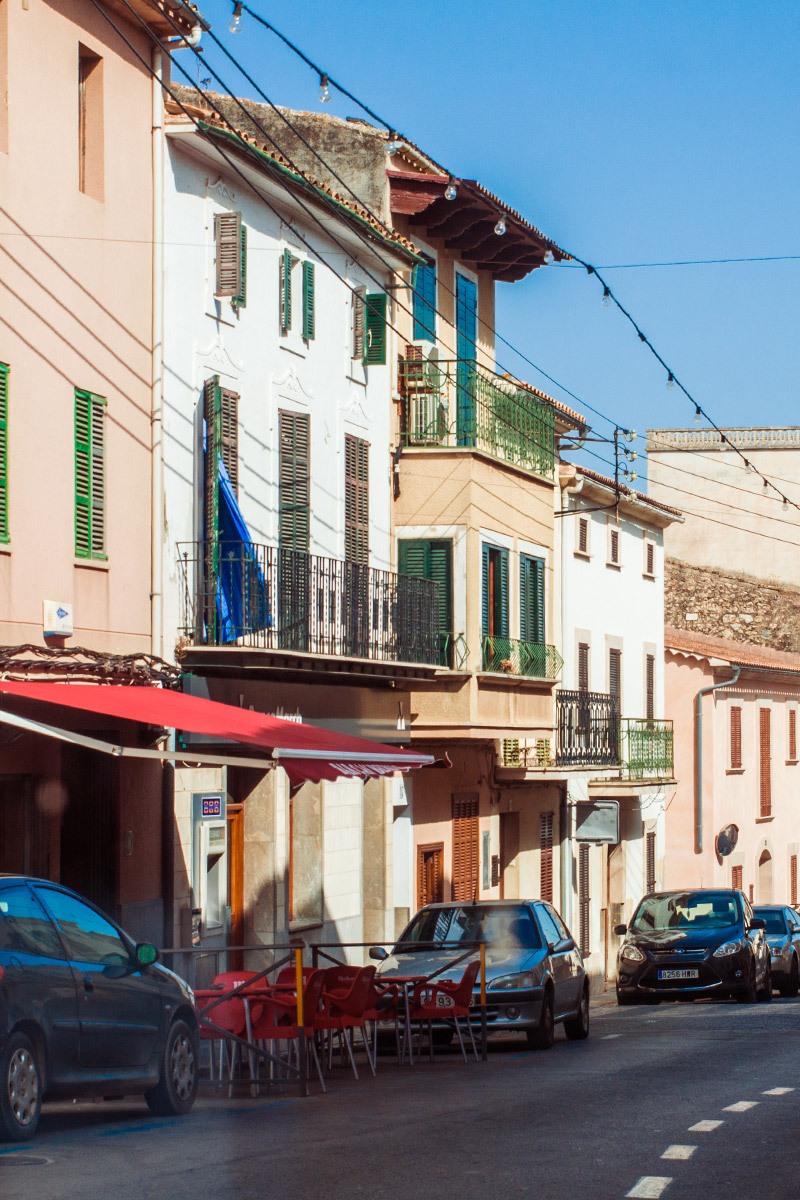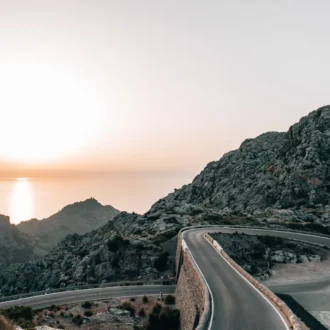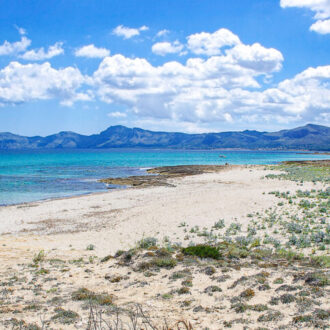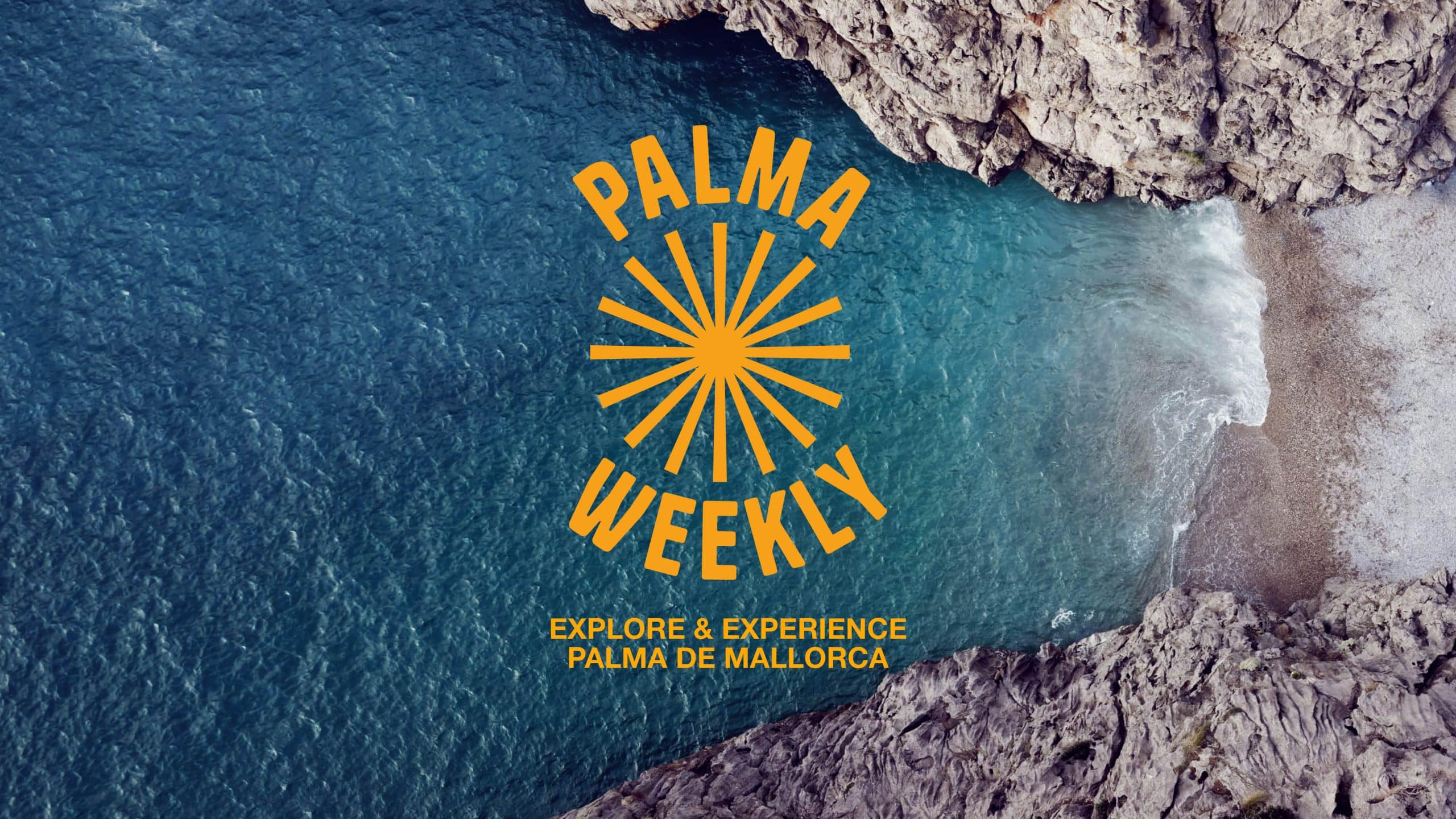Campanet – Where Nature and Tradition Meet

Tucked into the Tramuntana foothills, Campanet is a quiet inland village where olive groves meet limestone hills. Just 40 minutes north of Palma, it’s best known for the Campanet Caves, a fascinating natural wonder that draws visitors from across the island — but the village itself is just as charming, with shady squares, artisan cafés, and sweeping mountain views.
It’s the perfect blend of nature and tradition, offering a slower rhythm without ever feeling isolated.
🚗 Getting There from Palma
Campanet is located 40 km north of Palma, between Selva and Pollença.
- By car: 40–45 minutes via MA-13 motorway (Palma–Inca–Sa Pobla exit), then follow signs to Campanet.
- By train: Take the train to Sa Pobla, then taxi (10 min) or bus to Campanet.
- By bike: A popular cycling destination on the Palma–Selva–Campanet–Pollença route.
🌿 Things to Do in Campanet
| Activity | Description | Highlights |
| Visit the Campanet Caves | Beautiful underground chambers with stalactites & natural pools | Guided tours daily |
| Explore the village | Stone houses, quiet lanes & Plaça Major with cafés | Church of Immaculada Concepció |
| Fonts Ufanes Springs | Natural fountains that appear after heavy rain | Protected nature area |
| Cycling & hiking | Scenic roads connecting Selva, Moscari & Pollença | Gentle climbs, great viewpoints |
| Local market (Tuesday) | Fresh produce & local goods | Plaça Major |
🍴 Where to Eat in Campanet
| Restaurant | What to Expect | Best For |
| Menestralia Restaurant | Traditional Mallorcan food near the caves | Family meals & local flavours |
| Sa Tercera | Mediterranean dishes in a relaxed setting | Lunch or early dinner |
| Es Mirador de Campanet | Terrace restaurant with Tramuntana views | Romantic dining & sunsets |
More nearby: Head to Moscari or Selva for fine dining at Miceli or Ca Na Toneta, or continue toward Pollença for coastal restaurants.
🏨 Where to Stay in Campanet
| Hotel | What to Expect | Best For |
| Monnaber Nou (4★ Agroturismo) | Rural estate with spa, restaurant & cycling facilities | Nature lovers & families |
| Finca Es Mirador (Adults Only) | Boutique hideaway with panoramic views | Couples & romantic stays |
| Hotel Rural Monnaber Vell (4★) | Restored farmhouse near the caves | Quiet luxury |
🌄 Nature & Surroundings
Campanet’s landscape is shaped by water — limestone hills, underground rivers, and the famous Fonts Ufanes, where springs surge dramatically after rainfall. The area’s agricultural heritage remains alive through olive and almond groves, while its proximity to Selva, Moscari, and Caimari makes it an ideal base for exploring the Tramuntana foothills.
Cyclists love the gradual climbs and smooth roads; hikers can follow scenic trails linking the Campanet Caves with the surrounding valleys.
💡 Local Tips
- Visit the Campanet Caves early morning to avoid groups.
- The Fonts Ufanes appear only after heavy rain — ask locals for updates.
- The village bakery on the main square sells excellent ensaimadas and almond cakes.
- Spring and autumn are the best seasons for hiking and photography.
Are the Campanet Caves open all year?
Yes — guided tours run daily, usually from 10:00 to 17:00 (shorter hours in winter).
Can I visit the Fonts Ufanes independently?
Yes — the springs are inside a free public park (Paratge Natural Fonts Ufanes).
🕰️ History & Did You Know?
Campanet’s origins date back to the Arab period, when the valley was settled for farming thanks to its fertile soil and natural water sources. After the Christian reconquest in the 13th century, the village grew around its church and agricultural estates.
The Campanet Caves were discovered in 1945 by a local farmer who followed the sound of dripping water through a hollow in his field. Today, they’re considered one of the most beautiful underground systems on the island.
Did you know? The Fonts Ufanes are a rare karstic spring phenomenon — water gushes spontaneously from the ground after rain, creating a temporary river that disappears days later.




